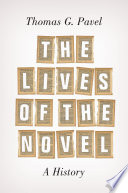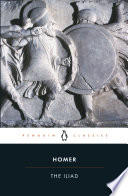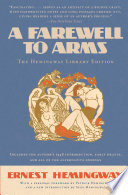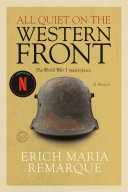
"The Tin Drum" Summary
By Günter Grass
fiction | 600 pages | Published in 2017
Estimated read time: 5 min read
One Sentence Summary
A boy who refuses to grow up narrates the tumultuous history of 20th-century Germany.
Table of Contents
Introduction
"The Tin Drum" is a novel written by Günter Grass and was first published in 1959. It is considered one of the most significant German novels of the 20th century and won the Nobel Prize for Literature in 1999. The story is set in Danzig, a city that is now part of Poland, and covers the period from the 1920s to the 1950s. The novel is known for its unique narrative style and its exploration of the impact of World War II on the lives of ordinary people.
Brief Synopsis
Plot Overview and Setting
"The Tin Drum" is narrated by the protagonist, Oskar Matzerath, who tells the story from a mental institution. Oskar decides to stop growing at the age of three and communicates through the use of a tin drum and his piercing screams. The narrative takes place in Danzig during the rise of Nazism and the subsequent devastation of World War II.
Main Characters
| Character | Description |
|---|---|
| Oskar Matzerath | The protagonist who decides to stop growing at the age of three and communicates through a tin drum. |
| Agnes Matzerath | Oskar's mother, who has a complicated relationship with her son. |
| Alfred Matzerath | Oskar's father, who is distant and uninvolved in Oskar's life. |
| Jan Bronski | A friend of the Matzerath family, with whom Oskar's mother has an affair. |
Summary of Different Story Points Over Chapters
Chapter 1-5
The novel begins with Oskar Matzerath narrating his story from a mental institution. Oskar recounts his family history, focusing on his mother, Agnes, and her relationships with various men. The narrative provides insights into the complex dynamics and the impact of these relationships on Oskar's upbringing.
Chapter 6-10
Oskar's recollections delve into his early childhood and his decision to stop growing at the age of three. He describes the events leading up to his discovery of his ability to shatter glass and the significance of his tin drum as a means of communication.
Chapter 11-15
As Oskar continues to narrate his life story, the reader is introduced to the political climate in Danzig during the 1930s. The rise of Nazism and its impact on Oskar's family and the community is explored, providing a vivid portrayal of the social and political upheaval of the time.
Chapter 16-20
Oskar's experiences during World War II are detailed, including his involvement in various events and interactions with significant characters. The narrative offers a poignant portrayal of the devastation and chaos of war while delving into Oskar's personal struggles and relationships.
Chapter 21-25
The aftermath of the war and its impact on Danzig are depicted through Oskar's perspective. The narrative explores the challenges of rebuilding and the changing dynamics within the community, shedding light on the resilience and vulnerabilities of the human spirit.
Main Events
- Oskar's decision to stop growing at the age of three.
- The rise of Nazism and its impact on Oskar's family and the community.
- Oskar's experiences during World War II and the aftermath of the war.
- The complex dynamics of Oskar's relationships with significant characters.
Themes and Insights
Themes
| Theme | Description |
|---|---|
| War and Trauma | The novel explores the profound impact of war and trauma on individuals and communities, portraying the lasting scars of conflict. |
| Identity and Individuality | Oskar's unconventional behavior and refusal to conform highlight the theme of identity and individuality, challenging societal norms and expectations. |
| Guilt and Responsibility | The narrative delves into the complexities of guilt and responsibility, examining the moral dilemmas faced by the characters in the face of historical events. |
Insights
"The Tin Drum" offers profound insights into the human experience, depicting the resilience of the human spirit in the face of adversity. The novel provides a thought-provoking exploration of the complexities of human relationships, the impact of historical events, and the enduring quest for identity and meaning.
Reader's Takeaway
Readers of "The Tin Drum" are immersed in a rich and evocative narrative that offers a compelling portrayal of historical events and their profound impact on individuals. The novel's exploration of identity, trauma, and resilience resonates deeply with readers, inviting contemplation and reflection on the human condition.
Conclusion
In conclusion, "The Tin Drum" by Günter Grass is a masterful work of literature that captivates readers with its vivid storytelling and thought-provoking themes. Through the unique perspective of its protagonist, Oskar Matzerath, the novel offers a poignant portrayal of the tumultuous events of the 20th century and their enduring effects on the human spirit. With its rich character development and profound insights, "The Tin Drum" continues to be a compelling and relevant literary work that resonates with readers across generations.
The Tin Drum FAQ
What is the genre of 'The Tin Drum'?
When was 'The Tin Drum' first published?
Who is the author of 'The Tin Drum'?
What is the setting of 'The Tin Drum'?
Can you provide a brief summary of 'The Tin Drum'?




